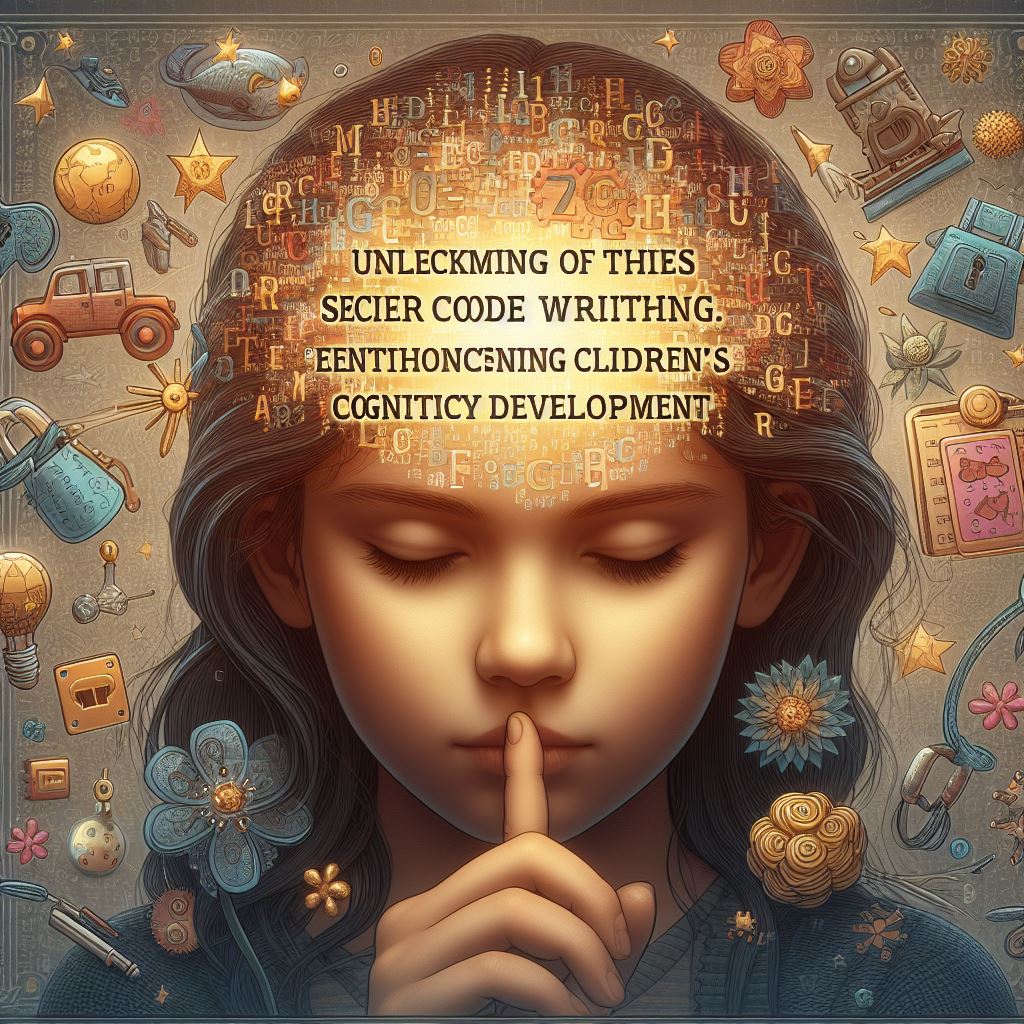
Unlocking the Power of Secret Code Writing: Enhancing Children’s Cognitive Development
Unravel the enchanting world of secret code writing that has captivated generations of children. Discover the significance of this skill in their development, the cognitive benefits it offers, and an array of exciting code ideas for crafting encrypted letters.
Scientific research has revealed the profound impact of secret code writing on children’s cognitive growth. It stimulates critical thinking, enhances memory retention, and strengthens problem-solving skills. These activities foster cognitive flexibility through lateral thinking, pattern analysis, and mental agility.
When we dig deeper in to the subject
Memory retention is improved through encoding and decoding messages, requiring active memory recall. This practice not only supports academic performance but also overall cognitive development.
Additionally, secret code writing promotes language development by encouraging experimentation with coding techniques. This enhances vocabulary expansion, linguistic creativity, and understanding of linguistic patterns.
Furthermore, the ability to solve problems is crucial for children, and secret code writing plays a significant role in cultivating this skill. Deciphering codes requires analytical thinking, logical reasoning, pattern recognition, and deductive thinking. Strengthening problem-solving abilities in this way translates to success in various academic disciplines and real-life situations.
1. The Benefits of Writing in Secret Code for Children
How it Boosts Children’s Cognitive Development
Discover the remarkable advantages of writing in secret code for your child’s brain. Scientific studies have confirmed that delving into the world of decoding and encoding messages sparks critical thinking skills, memory retention, and problem-solving abilities. By unraveling secret codes, children learn to think outside the box, spot patterns, and sharpen their mental agility. What’s more, cracking complex messages fosters their confidence and self-esteem, fueling a sense of triumph. Don’t miss out on this powerful tool for your child’s growth and accomplishment.
2. Enhancing Cognitive Skills Through Secret Code Writing
2.1. Cognitive Flexibility
Writing in secret code requires children to adapt their thinking to unconventional methods of communication. This promotes cognitive flexibility, enabling them to approach problems from multiple perspectives and think outside the box. Studies have shown that children who engage in activities that challenge cognitive flexibility demonstrate higher levels of creativity and innovation.
2.2. Memory Retention
The process of encoding and decoding secret messages necessitates the use of memory recall. This practice improves memory retention as children actively engage their brain in remembering and associating symbols, numbers, or patterns with specific letters or words. Enhanced memory retention not only aids in academic performance but also supports overall cognitive development.
2.3. Language Development
Writing in secret code involves manipulating words and language in unique ways. This type of activity promotes language development as children experiment with coding techniques, such as word codes or symbol codes. The process encourages vocabulary expansion, linguistic creativity, and an understanding of linguistic patterns.
2.4. Problem-Solving Abilities
Decoding secret messages requires analytical thinking and problem-solving skills. As children decipher the codes, they develop logical reasoning abilities, pattern recognition, and deductive thinking. These problem-solving skills are transferable to various academic disciplines and real-life situations.
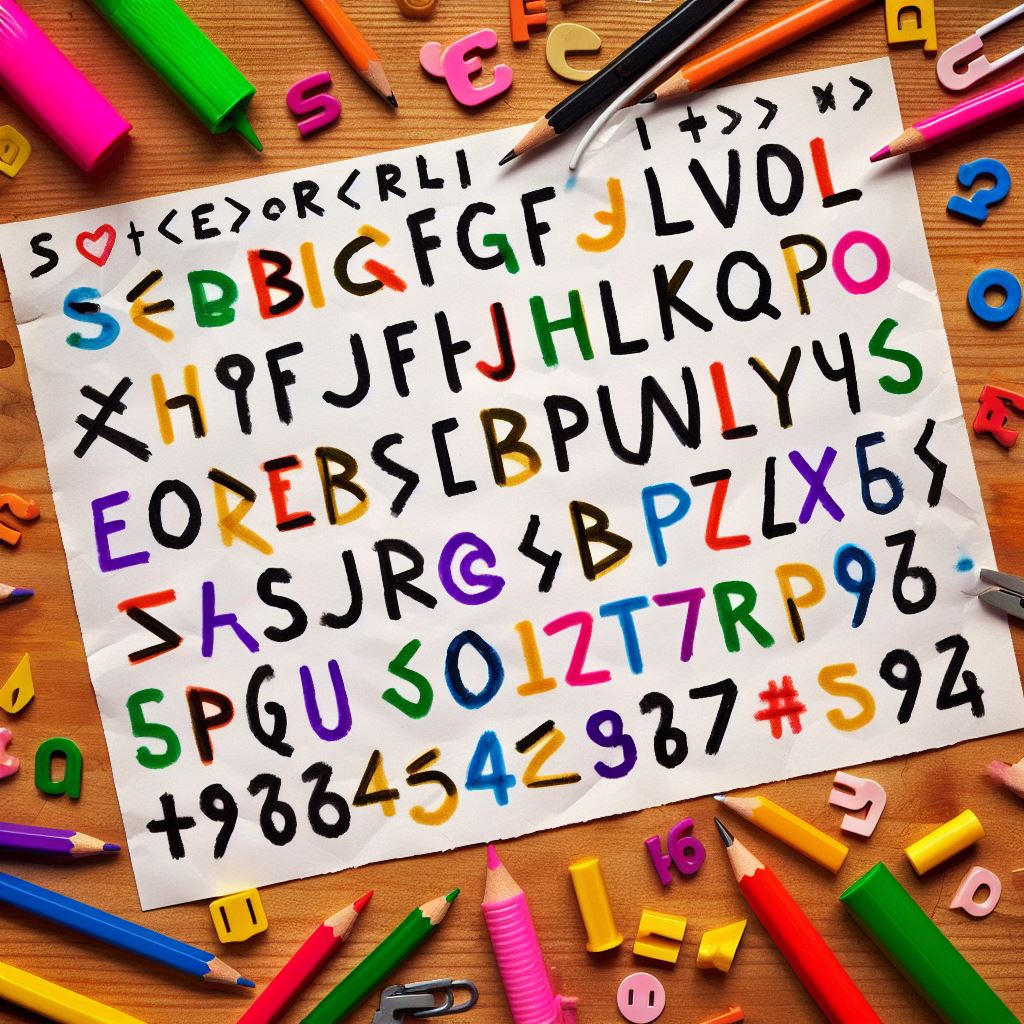
3. Different Types of Secret Codes for Coded Letters
3.1. Picture Codes
Picture codes utilize images or symbols to represent letters, words, or phrases. For instance, a picture of an apple could symbolize the letter “A.” This form of code stimulates visual thinking and creativity. Children can develop their own unique set of symbols, fostering imagination and personal expression.
3.2. Symbol Codes
Symbol codes involve using abstract symbols to represent letters, numbers, or words. Simple shapes, such as circles, squares, or triangles, can be used as symbols. This type of code challenges children to recognize visual patterns and improves their ability to understand and interpret abstract representations.
3.3. Number Codes
Number codes assign numerical values to letters, allowing children to replace letters with corresponding numbers. This type of coding introduces children to basic arithmetic concepts and strengthens their numerical skills. Utilizing number codes can be particularly beneficial for children who enjoy mathematics or struggle with language-based learning.
3.4. Word Codes
Word codes involve manipulating words in specific ways to create a coded message. For example, shifting each letter of the alphabet forward by a certain number can result in an encrypted message. Word codes require logical thinking, linguistic skills, and an understanding of alphabetic sequences. This type of code encourages children to experiment with language and fosters an appreciation for linguistic patterns and structures.
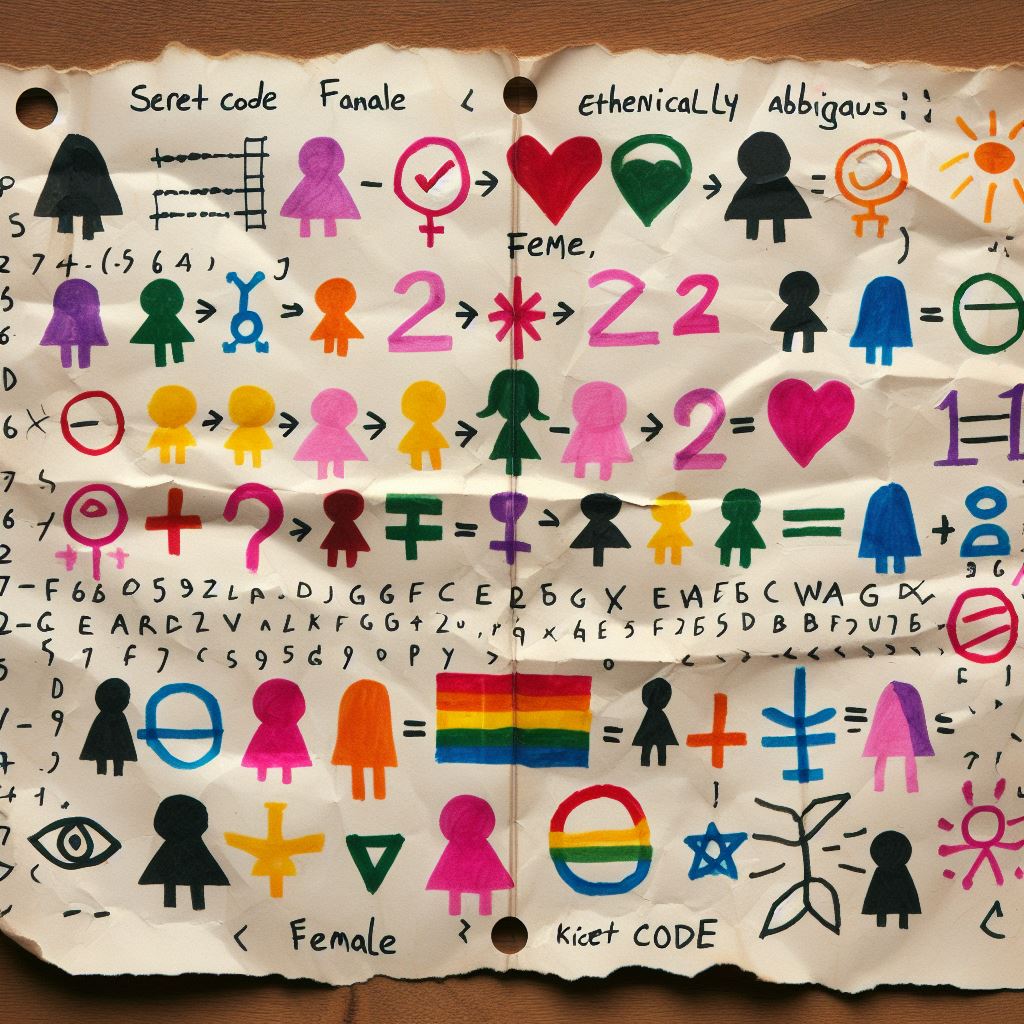
4. Creating Effective Secret Codes
4.1. Define the Purpose
Before creating a secret code, it is important to determine the purpose behind it. Whether it is for fun, communication with friends, or part of a game, understanding the purpose will help shape the code design and level of complexity.
4.2. Establish Coding Methods
Select coding methods that align with the purpose and the child’s cognitive abilities. Age-appropriate coding techniques can include picture codes, symbol codes, number codes, or word codes. Tailor the method according to the child’s interests and developmental stage.
4.3. Develop a Key System
Create a key system that maps the coded symbols, numbers, or patterns back to their original letters or words. This key should be kept secret and shared only with trusted individuals. The key system can be as simple as a written guide or as complex as a unique algorithm known only to the coder.
4.4. Practice and Experiment
Encourage children to engage in regular practice sessions where they can immerse themselves in the art of writing and decoding messages using their selected secret code. Create an environment that fosters experimentation and allows them to refine their coding skills. Through consistent practice, children will witness a remarkable enhancement in their proficiency in both code creation and decryption.
By encouraging children to practice writing and decoding messages, you are providing them with valuable opportunities to develop and refine their coding abilities. Engage them in activities that challenge their problem-solving skills and critical thinking. Allow them to explore different coding techniques, such as symbol codes, number codes, or word codes, depending on their interests and capabilities.
Regular practice with new experiments to move forward
Regular practice sessions promote a sense of familiarity and comfort with the chosen secret code. As children invest more time and effort into honing their skills, they will experience exponential growth in their ability to create intricate codes and decipher complex messages. This process not only strengthens their cognitive faculties but also boosts their confidence in their coding prowess.
Furthermore, practicing code creation and decryption instills a sense of accomplishment and satisfaction when children successfully communicate through their coded messages. It encourages their creativity to flourish as they experiment with different techniques and refine their codes to convey their thoughts effectively. This iterative process not only expands their imaginative capacities but also nurtures their linguistic and communication skills.
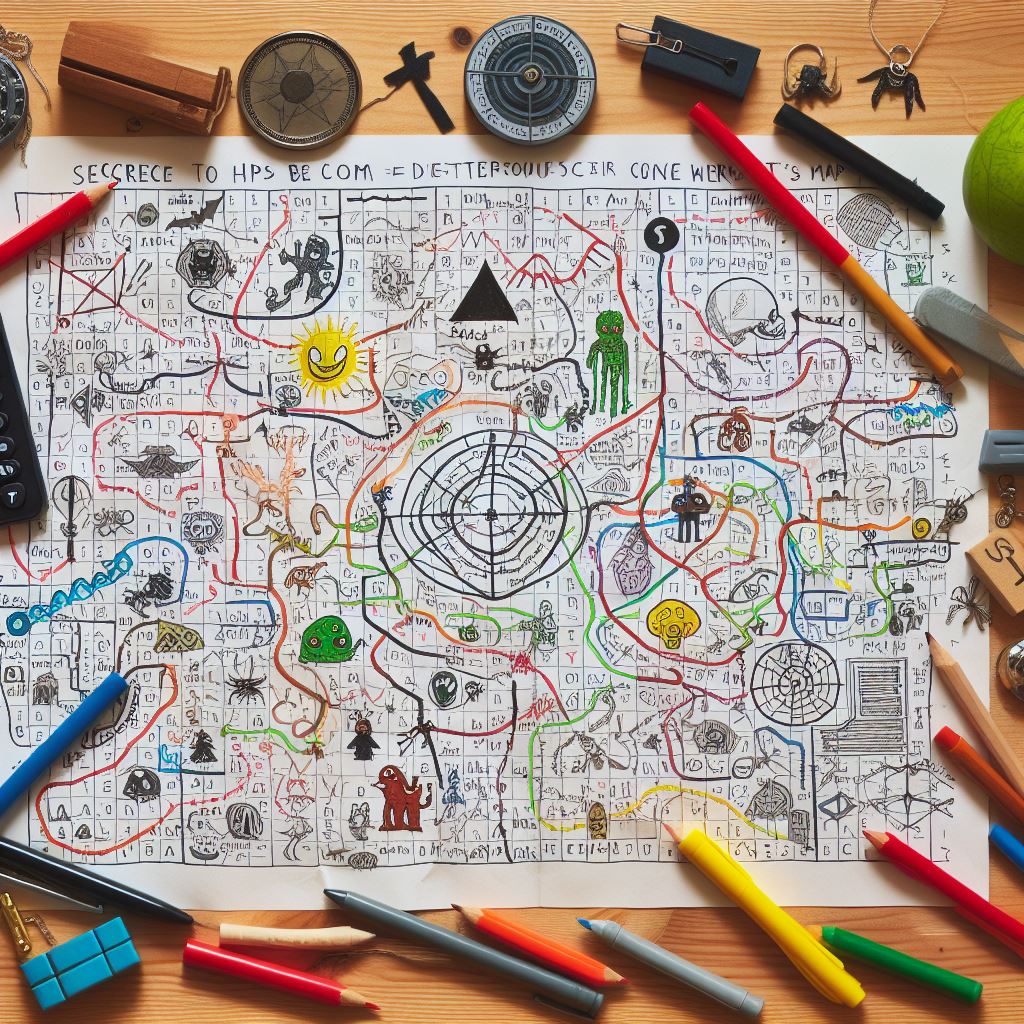
Use more creative practice sessions
To make practice sessions more engaging and enjoyable, involve children in interactive activities that require them to write and decode messages collaboratively. This fosters teamwork, communication, and cooperation, while also allowing them to learn from one another’s unique coding approaches.
Remember, consistency is key. Encourage children to set aside dedicated time for code writing and decoding exercises regularly. Establish a routine that suits their schedule and provides them with a conducive environment for focused practice. Whether it’s a designated coding corner or a digital platform that facilitates code creation, ensure they have the necessary resources to engage in their coding pursuits.
4.5. Advanced Coding Techniques
Introducing advanced coding techniques to kindergarten children can provide them with a solid foundation for future learning and development. Coding skills are becoming increasingly important in the digital age, and starting early can give children a head start in this essential field.
One effective approach is to introduce block-based programming languages specifically designed for young learners. Platforms such as Scratch or Blockly offer a visual interface where children can drag and drop code blocks to create sequences of commands. This method allows kindergarteners to grasp the basics of coding in a fun and interactive way.
As children become more proficient in block-based coding, they can progress to text-based languages suited for their age group. Languages like ScratchJr or similar simplified versions of popular programming languages can be introduced. These platforms provide a bridge between the visual aspects of block-based coding and the syntax of traditional programming.
To further enhance their coding abilities, kindergarteners can be encouraged to engage in unplugged activities that promote computational thinking. These activities involve problem-solving and critical thinking exercises that don’t require a computer. For example, children can be given puzzles or challenges that require them to algorithmically plan a sequence of steps to achieve a specific outcome.
Some guidelines and examples for your to buildup
We are here to help you learn some exciting methods and examples of secret codes. Let’s explore a few popular secret code techniques:
- Letter Shifting: In this method, each letter in the alphabet is shifted by a certain number of positions. For example, if we shift each letter by one position, ‘A’ becomes ‘B’, ‘B’ becomes ‘C’, and so on. This way, you can create a secret code by shifting all the letters in your message by a predetermined amount.
Example: Original message: HELLO Secret code (shifted by 1): IFMMP
- Number Substitution: In this technique, each letter is replaced with a corresponding number. For instance, ‘A’ can be represented as 1, ‘B’ as 2, and so on. To create a secret code using number substitution, replace each letter in your message with its corresponding number.
Example: Original message: SECRET Secret code: 19-5-3-18-5-20
- Symbol Codes: Symbol codes involve replacing letters with symbols or pictures to represent them. You can assign your own symbols or use existing ones. This method allows for more creativity and personalization.
Example: Original message: CAT Secret code (symbols): 🐱🐈🐾
- Mirror Writing: Mirror writing involves writing your message in reverse order. This means that each letter should be flipped horizontally. It can be decoded by reading the text either in a mirror or by reversing the letters.
Example: Original message: HELLO Secret code (mirror writing): OLLEH
Remember, it’s important to share the decoding instructions with your friends so they can decipher your secret messages. Have fun experimenting with these secret code methods and get creative by inventing your own codes. Coding is all about imagination and problem-solving. So, let your creativity run wild as you explore the fascinating world of secret codes!
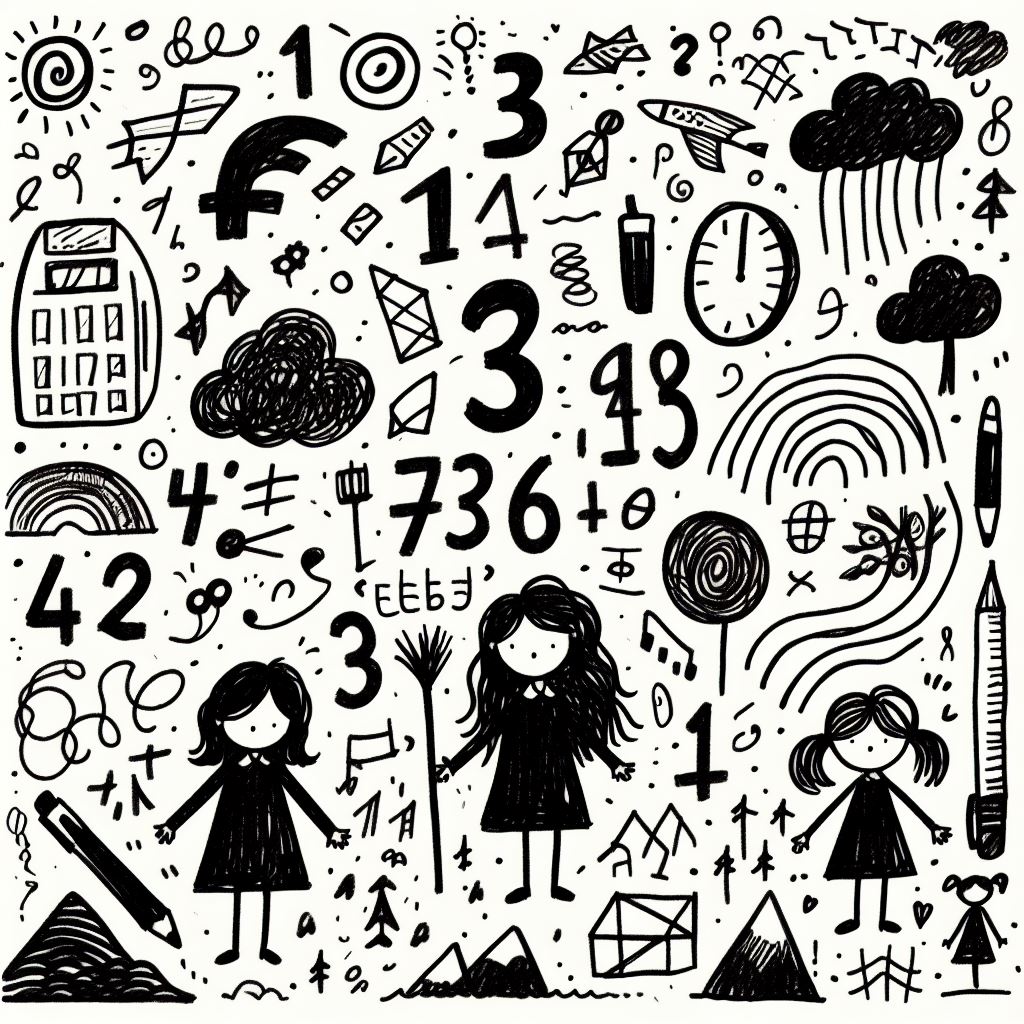
More in to simple methods of secret code creating
- Letter Substitution: In this method, we substitute one letter for another to create our secret code. For example, we can replace the letter ‘A’ with the letter ‘B’, ‘B’ with ‘C’, and so on. Can you figure out what the secret message “POMME” means? Give it a try!
- Pigpen Cipher: This code uses special symbols to represent each letter of the alphabet. Imagine a grid with lines and dots. Each letter has its unique symbol within this grid. You can create secret messages by using these symbols. Can you decode this secret message: “🔲⬛⛌⬜⬛ 🔳⬛ ⬛⬜⚪🔲⬛”?
- Morse Code: Morse code uses dots and dashes to represent letters and numbers. A dot is a short sound or flash of light, while a dash is a longer one. It’s like a secret language based on sounds or light signals. Can you decode this message: “••• •-• — •-• •• – • ••• ••• — •-• ••”?
To make learning even more fun, let’s use examples that are relatable to you. Instead of words, let’s create secret messages using fruits, animals, or colors! For example, “🍎🐶🦁🐼” might mean “Red Dog Lion Panda.” Can you create your own secret message using your favorite fruit and animal? Share it with your friends and challenge them to decode it!
Remember, with great power comes great responsibility. It’s important to keep secrets safe and only share them with trusted friends. Let’s discuss the importance of trust, friendship, and respecting each other’s secrets.
Now, dear young codebreakers, you are equipped with the knowledge and tools to create and decode secret codes. Have fun exploring the world of cryptography and embark on exciting adventures with your newfound skills. Happy coding!
Summaries what we’ve been discussion
introducing advanced coding techniques to kindergarten kids can have significant benefits for their cognitive development and future prospects. By starting with block-based programming and gradually progressing to text-based languages, children can build a solid foundation in coding. Additionally, unplugged activities and robotics integration further enhance their computational thinking skills. By creating an engaging and collaborative learning environment, kindergarten children can embrace coding as a valuable skill that will serve them well in the digital age.
Keep these important facts in mind
In conclusion, providing kindergarten children with opportunities to engage in expert coding practice can have a profound impact on their cognitive development and future readiness. By introducing advanced coding techniques through block-based programming languages, text-based languages, unplugged activities, and robotics integration, children can build a strong foundation in computational thinking and problem-solving skills. This early exposure to coding not only equips them with essential digital literacy but also fosters creativity, collaboration, and communication. As we embrace the digital age, nurturing coding skills from an early age sets kindergarten kids on a path to success, empowering them to thrive in a world that increasingly relies on technology.




